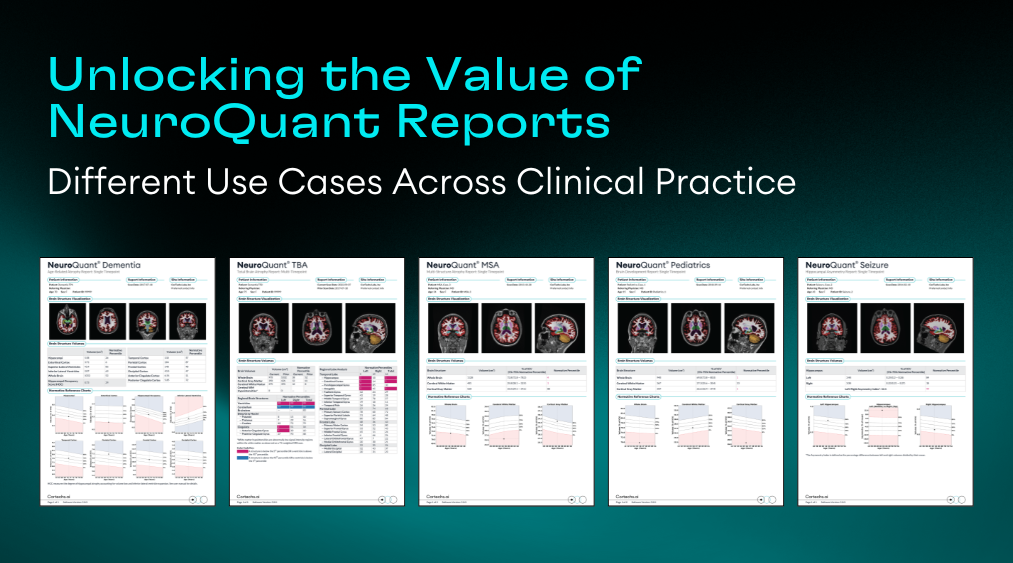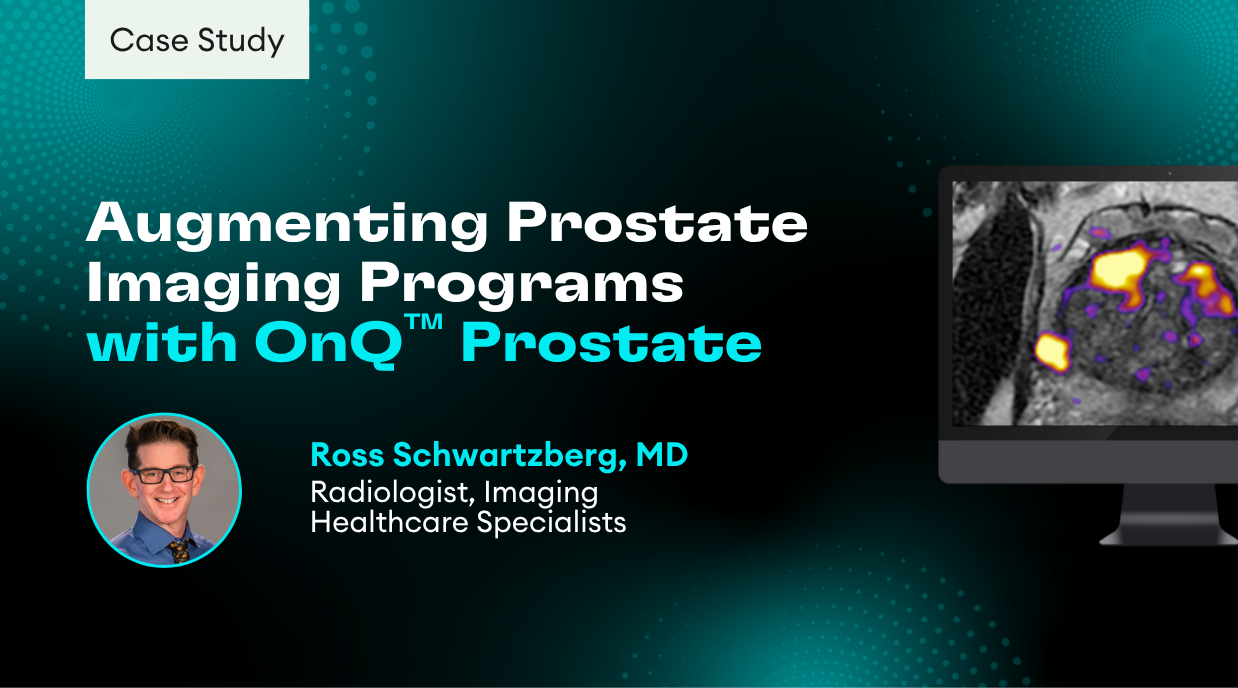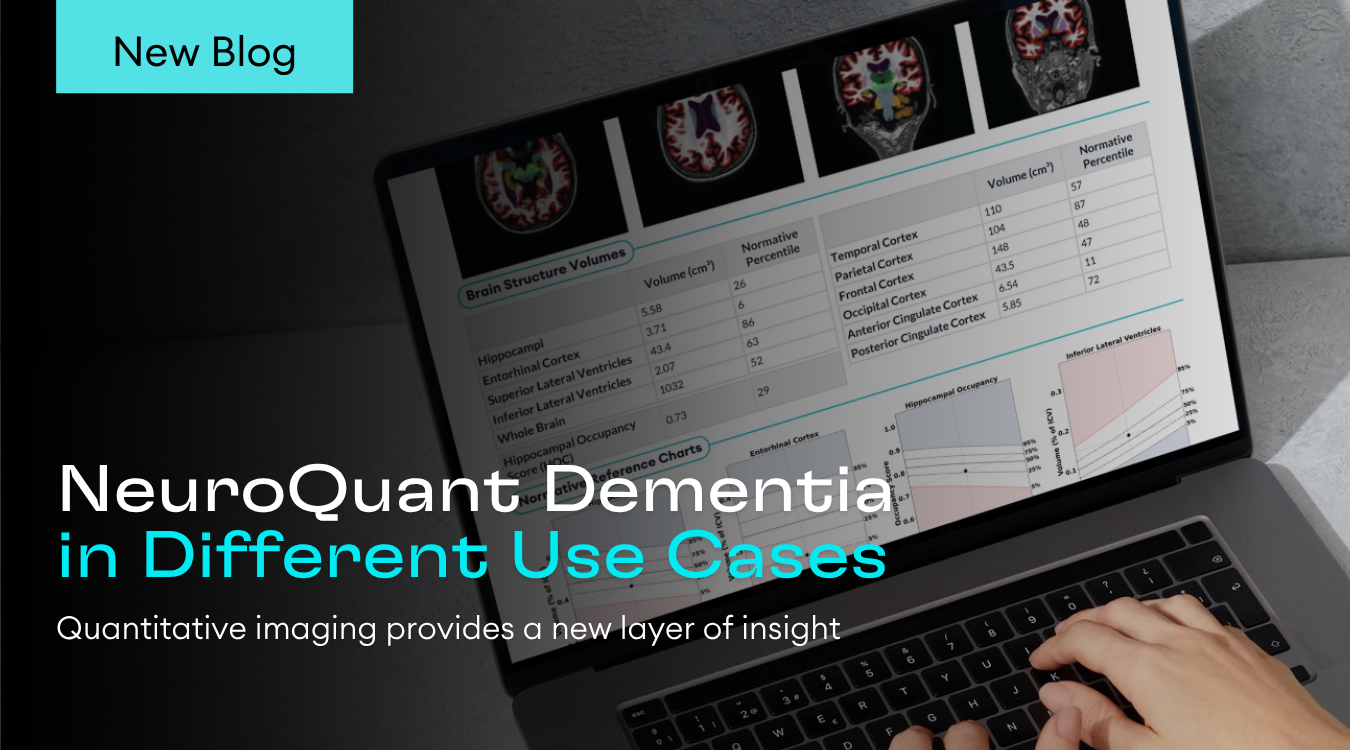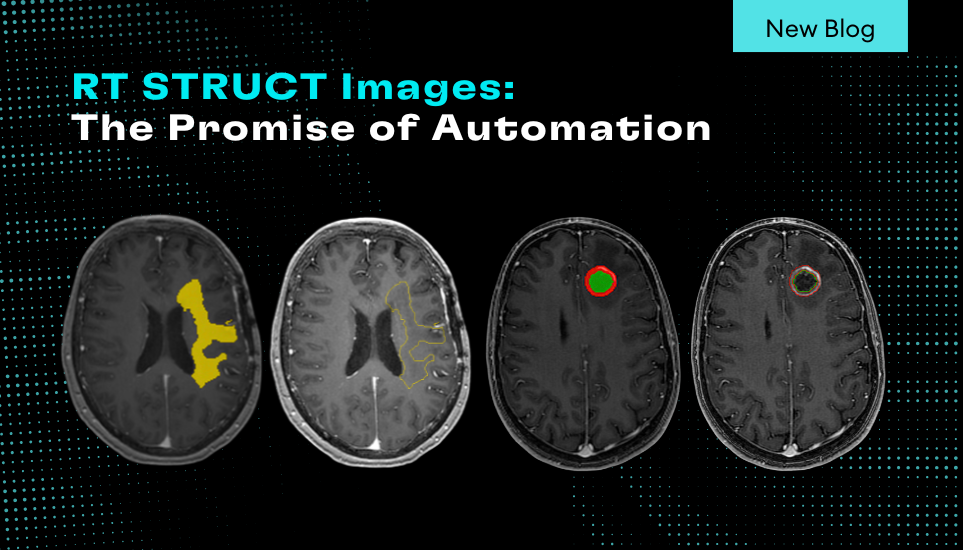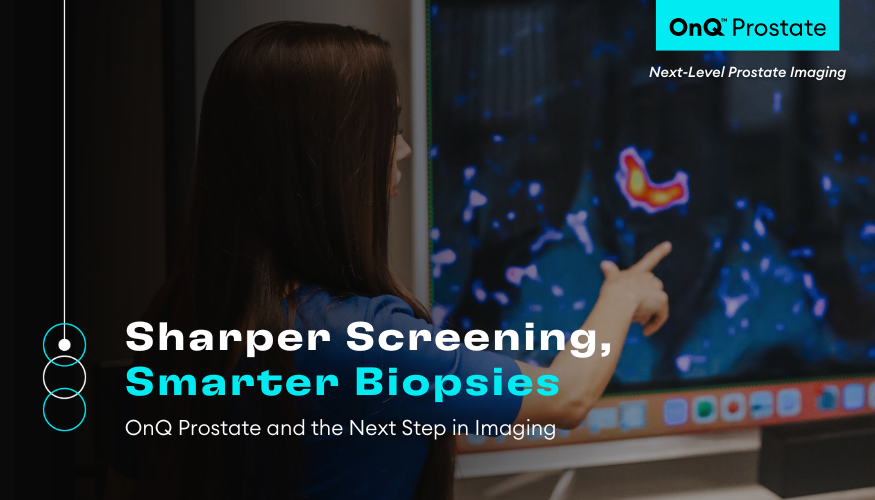Alzheimer’s disease affects millions of people worldwide and is the most common cause of dementia. It progresses silently for years, as amyloid plaques and tau tangles build up in the brain long before symptoms like memory loss emerge. Diagnosing Alzheimer’s can be challenging, especially in its early stages or when symptoms overlap with other conditions. This is where imaging, particularly PET scans, can help doctors and researchers “see” what’s really going on inside the brain.
What Is PET Imaging, and Why Does It Matter?
Positron Emission Tomography (PET) is a specialized scan that uses tracers to detect biological changes in real time. For Alzheimer’s, this means identifying amyloid plaques, tau tangles, or even reduced glucose metabolism in neurons. Today, there are five FDA-approved PET tracers for Alzheimer’s, targeting amyloid, tau, and glucose metabolism (FDG)1.
In research, PET scans have transformed our understanding of how Alzheimer’s develops. Amyloid accumulation appears first, often decades before symptoms begin2. Tau pathology follows and tends to track more closely with disease progression. PET also helps distinguish between early Alzheimer’s and other cognitive disorders, such as mild cognitive impairment (MCI) or frontotemporal dementia3. In clinical trials, PET serves as a powerful biomarker, used to select patients and measure treatment response
How PET Is Used in the Clinic
PET is increasingly used in clinical practice to guide diagnosis, prognosis, and treatment—especially with the rise of disease-modifying therapies. Each PET modality offers unique value:
- FDG-PET measures glucose metabolism to assess brain function. It’s useful for differentiating Alzheimer’s from other dementias. Typical Alzheimer’s patterns include hypometabolism in the temporoparietal and posterior cingulate cortex, while frontotemporal or Lewy body dementia shows distinct regional patterns.
- Amyloid-PET detects fibrillar amyloid-β plaques. A positive scan supports Alzheimer’s pathology; a negative scan effectively rules it out. It is now required before initiating anti-amyloid therapies like lecanemab.
- Tau-PET visualizes neurofibrillary tangles. Unlike amyloid, tau levels correlate more directly with symptom severity and disease stage. It’s especially valuable for monitoring progression and distinguishing Alzheimer’s from other tauopathies.
While each PET scan addresses a different biological target, they each offer a comprehensive view of disease status and help clinicians make more confident, data-driven decisions.
The Challenge of Visual Interpretation
Despite the power of PET imaging, interpreting the results isn’t always straightforward. PET scans require expert readers to accurately assess tracer distribution, identify subtle regional abnormalities, and correlate imaging findings with clinical presentation. Even among trained specialists, interpretation can vary due to:
- Subjectivity in visual reads, especially in borderline or early-stage cases
- Variability in image acquisition protocols across institutions
- Complex anatomy, particularly when evaluating overlapping pathologies
- Inconsistent quantification, making it difficult to track changes over time
These challenges can lead to diagnostic uncertainty or missed opportunities to initiate timely treatment—especially in settings without access to subspecialty-trained neuroradiologists or nuclear medicine physicians. This is where automated, AI-powered tools are poised to make a meaningful difference.
Enter NeuroQuant® PET
NeuroQuant® PET is a research-use tool that integrates AI and automation into brain PET analysis. It uses a patient’s MRI to segment brain regions, then automatically measures PET tracer uptake in each region. These values are compared to a normative database, producing a clear, objective report for clinicians and researchers.
This approach enhances PET scan accessibility and interpretability, particularly in settings where expert readers may not be available. It’s designed to bridge the gap between advanced research tools and routine clinical care. In upcoming news, Cortechs is submitting NeuroQuant® for PET for 510(k) FDA clearance, which includes valuable features like Centiloid scoring, longitudinal comparisons, and SUVr specific to Alzheimer’s-related segmented regions.
The Takeaway
PET imaging is transforming how we detect and monitor Alzheimer’s disease, enabling earlier diagnosis, better disease tracking, and more personalized treatment. With AI-driven tools like NeuroQuant® PET, the future of brain imaging is becoming more objective, standardized, and actionable for clinicians and researchers alike.
NeuroQuant PET is currently available for research use only
- Villemagne VL, Doré V, Burnham SC, Rowe CC. Imaging tau and amyloid-β proteinopathies in Alzheimer disease and other conditions. Nat Rev Neurol. 2018;14(4):225-236. doi:10.1038/nrneurol.2018.9
- Bateman RJ, Xiong C, Benzinger TL, et al. Clinical and biomarker changes in dominantly inherited Alzheimer’s disease. N Engl J Med. 2012;367(9):795-804
- Shivamurthy VK, Tahari AK, Marcus C, Subramaniam RM. Brain FDG PET and the diagnosis of dementia. AJR Am J Roentgenol. 2015;204(1):W76–W85. doi:10.2214/AJR.13.12363

